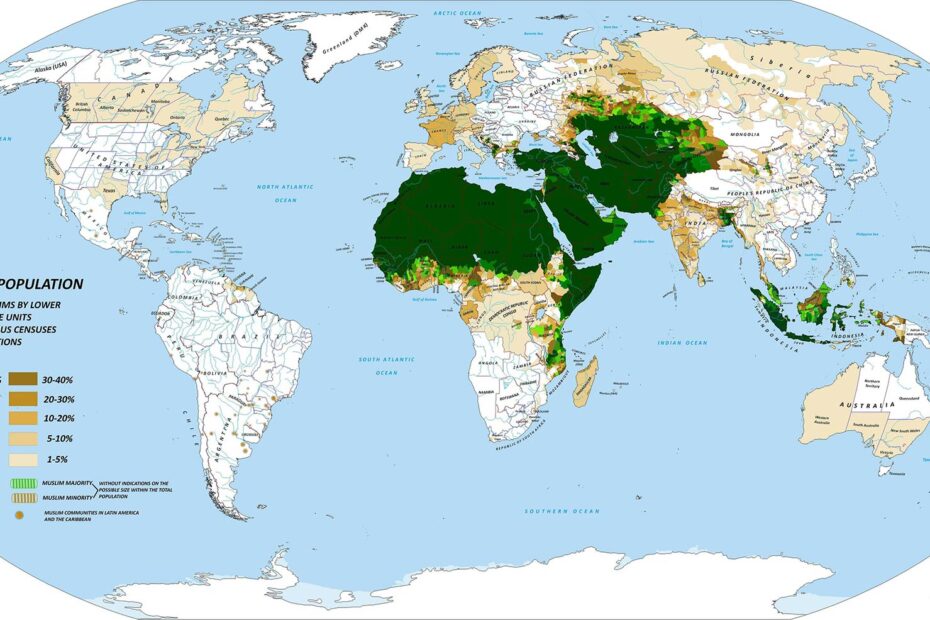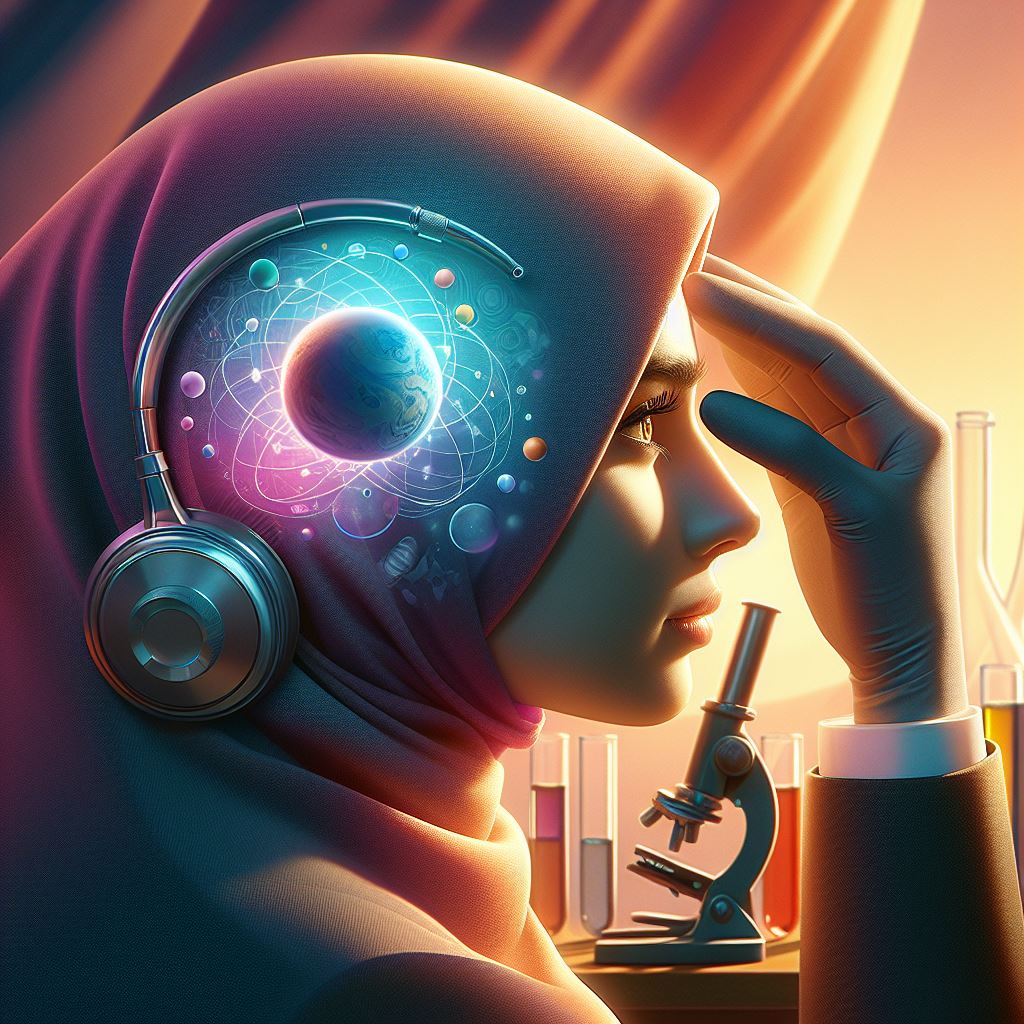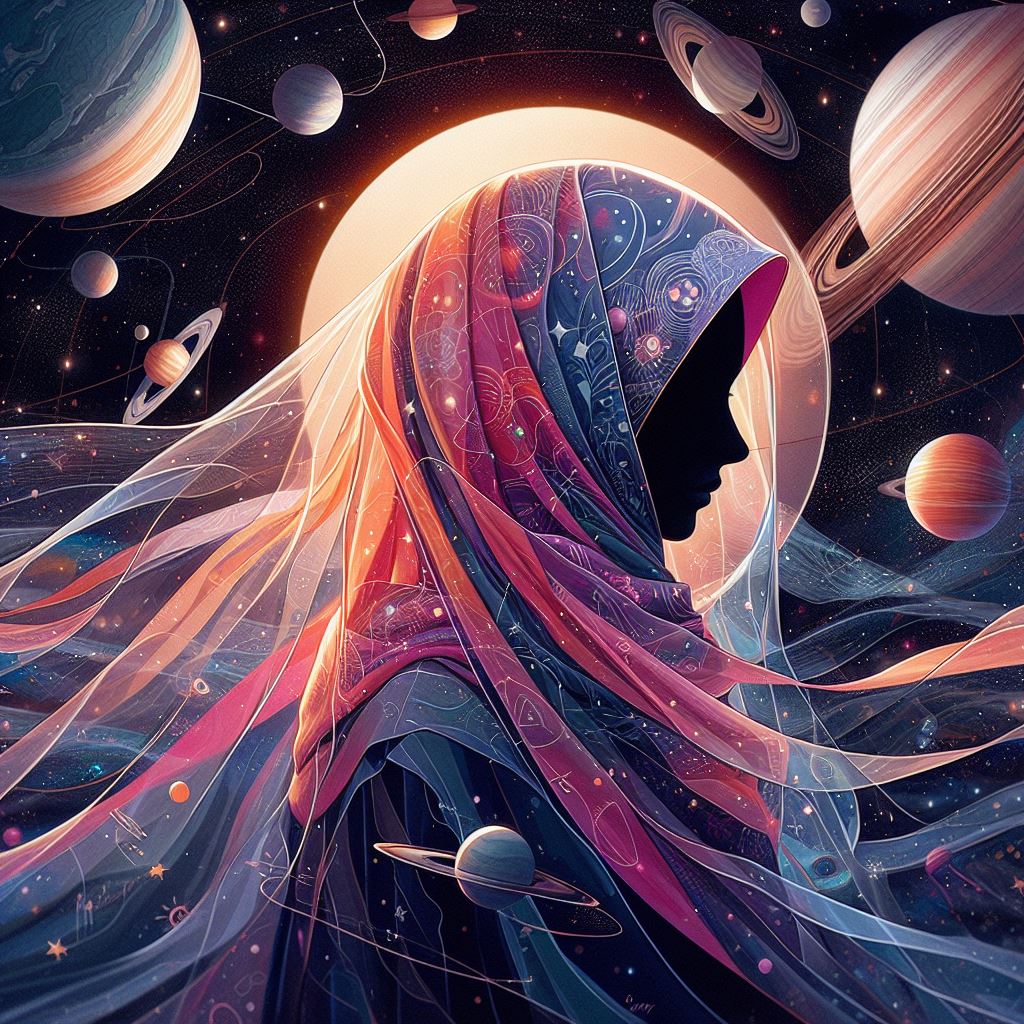Navigating Tradition and Modernity: The Unification of the Islamic Calendar
In the vast expanse of time, the Islamic calendar, a celestial testament rooted in the delicate dance of the new moon, has stood as a steadfast symbol of tradition and religious observance. As the silver crescent graces the night sky, it marks not just the passage of days but resonates with the spiritual pulse of the global Muslim community.
In the intricate tapestry of the modern era, where scientific progress propels us into uncharted territories, the Islamic calendar encounters a discord echoing across continents. Despite the precision offered by astronomical methods, the fixed dates of Islamic festivals remain elusive, casting a shadow on the unity of the Muslim Ummah. It is within this juxtaposition of tradition and modernity that we embark on a journey, a quest to unravel the complexities surrounding the Islamic calendar and its implications for Muslims worldwide.
The Lunar Symphony: Tradition in Modern Times
The Islamic Hijri calendar, a celestial maestro orchestrating the rhythm of time, operates on the lunar stage, with each month choreographed by the sighting of the new moon. It is a tradition embedded in the very fabric of Islam, where the luminous crescent heralds the commencement of sacred months and the observance of religious festivals.
However, as the world morphs into an interconnected global village, the notion of isolated lunar sightings faces a reckoning. The moon, like the global Muslim community, is singular; its sighting in one corner of the world should resonate across the vast expanse. The unity of the moon should symbolize the unity of the Ummah, transcending geographical confines in the era of instant connectivity.
Historical Perspectives and Contemporary Challenges
Venturing into the annals of history, efforts spearheaded by the Organisation of Islamic Cooperation (OIC) sought consensus among Muslim nations on the determination of lunar months. The Seventeenth Session of the Islamic Commission laid the groundwork, advocating that if the moon graced one nation, others could embrace its sighting.
However, despite these historical endeavors, the challenge persists in the modern age. Discrepancies linger, hindering the seamless synchronization of Islamic festivals and rituals. The interplay between tradition and the exigencies of the contemporary world is a delicate dance, one that necessitates a balance between the sacred and the practical.
The Quest for Unity: 2016 Congress and Beyond
In May 2016, a momentous International Congress on the Union of Hijri Calendar convened in Turkey, akin to a celestial summit where Islamic scholars from diverse corners of the globe deliberated on a unified approach. Proposals, ranging from a dual calendar system to a singular, harmonious solution, filled the air.
The quest for unity unfolded against the backdrop of decades of disputes over the timing of Islamic religious holidays. As scholars gathered, the dilemma was crystal clear: a dual calendar, like a cosmic dissonance, would not resolve the predicament. The majority leaned towards a single calendar system, a collective decision aimed at harmonizing the celebration of Islamic festivals across the globe. The torch was then passed to the OIC for official adoption.
Embracing Modernity while Upholding Tradition
In the heart of this debate, advocates for a unified calendar emphasize the harmony between scientific progress and Islamic principles. Mehmet Gormez, President of the DIB, voiced the sentiment that resonates with the zeitgeist of our age. In an era where humanity voyages to the moon and observes the celestial ballet with meticulous precision, the insistence on naked-eye moon sightings atop mountains seems out of sync.
The essence of Islamic teachings, he opines, encourages the pursuit of knowledge and its application. In this juncture of history, where the realms of faith and science converge, the adoption of a unified Islamic calendar becomes not just a matter of practicality but a testament to the dynamic adaptability of Islamic traditions.
Conclusion: A Unified Future
As Muslims traverse the labyrinth of the modern world, the unification of the Islamic calendar emerges not merely as a technical adjustment but as a beacon of unity and coherence. The unity of the Ummah, represented by the unity of their sacred calendar, speaks to the resilience of tradition amid the relentless march of progress.
In the grand narrative of the global Muslim community, the journey towards a unified Islamic calendar reflects a profound resilience. Tradition and modernity, entwined like the lunar cycles themselves, find equilibrium, ensuring that the celebration of Islamic festivals becomes a harmonious symphony echoing across borders.




